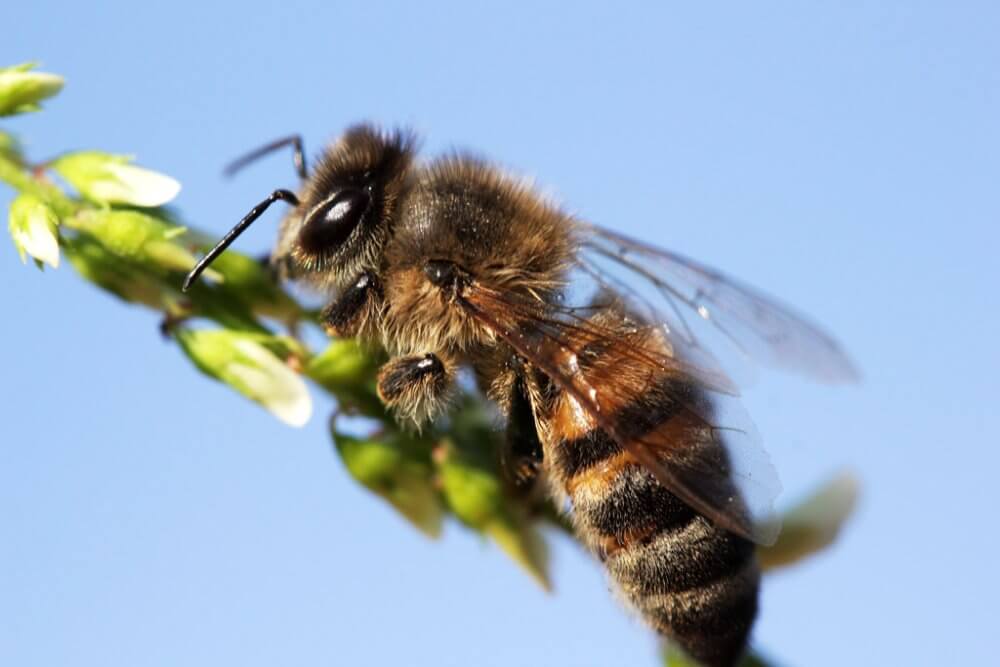
Taking pictures of insects – macro photography in nature
In addition to flowers, plants and other detailed objects, insects are a popular, if not the easiest, motif in macro photography. Here are 7 helpful tips to make it easier for you to photograph insects.
Tip 1: In the right place at the right time
If you observe insects throughout the day, you will quickly notice that they are very erratic. Flies, bees, bumble bees or wasps fly permanently from place to place. But this constant movement complicates the path for a successful shot.
The solution is dawn: Before the sun has risen properly, most insects are still motionless and covered with dew in their resting phase. Then they also keep still for a change.
Tip 2: Peace and patience
When taking a macro picture of insects, it is very important to keep a steady hand. Whether at dawn, when the insects are still very quiet, or during the day, insects react very sensitively to movements and sounds. Therefore, it is not advisable to follow the insect with the camera quickly and without thinking.
However, since it is necessary to change position from time to time, this should be done as quietly and inconspicuously as possible. A certain distance to the photo subject can help not to scare away the insects when changing position. You should also avoid breathing onto the insects.
Conseil 3 : L’œil vif
Les insectes sont souvent très bien adaptés à leur environnement et il est parfois difficile de les distinguer d’une branche ou d’une feuille. Chaque arbre, chaque branche et chaque feuille doivent être soigneusement examinés.
Il suffit donc de s’asseoir sur une prairie, au bord d’un ruisseau ou dans une forêt, de rester calme et d’observer votre environnement avec patience et attention. Vous serez surpris de la vie que vous y trouverez.
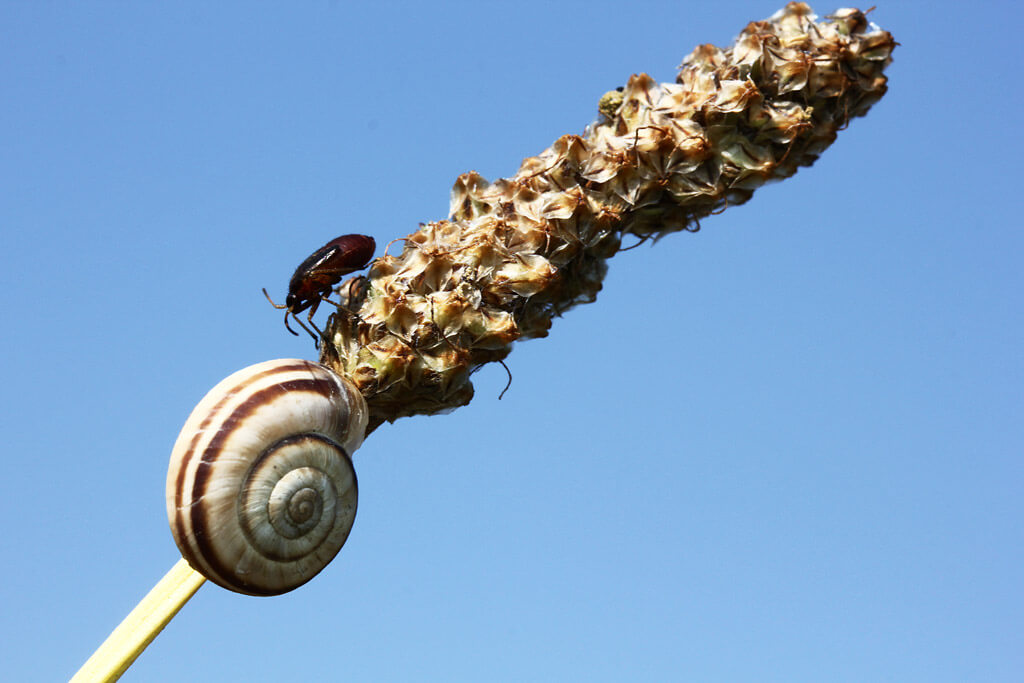
Tip 4: The right preparation
It is the same with insects as it is with animal photography in general. When working with insects, it is important to treat living beings with respect, not to hurt them or to destroy their habitats. And: The most diverse species can be found easier by doing some research in advance.
It is helpful to know: Where does the insect live? – In grasses, near bodies of water, on bushes or trees. Does the insect appear more frequently in a particular plant species? Is the insect active or inactive at a certain time – for example at dawn or dusk? Does the insect have certain patterns of behaviour or movement?
The dragonfly, for example, flies the same route over and over again, making it possible to concentrate on one part of the route and wait for the dragonfly to return. With such routine behaviour, it is also easier to photograph an insect in motion.
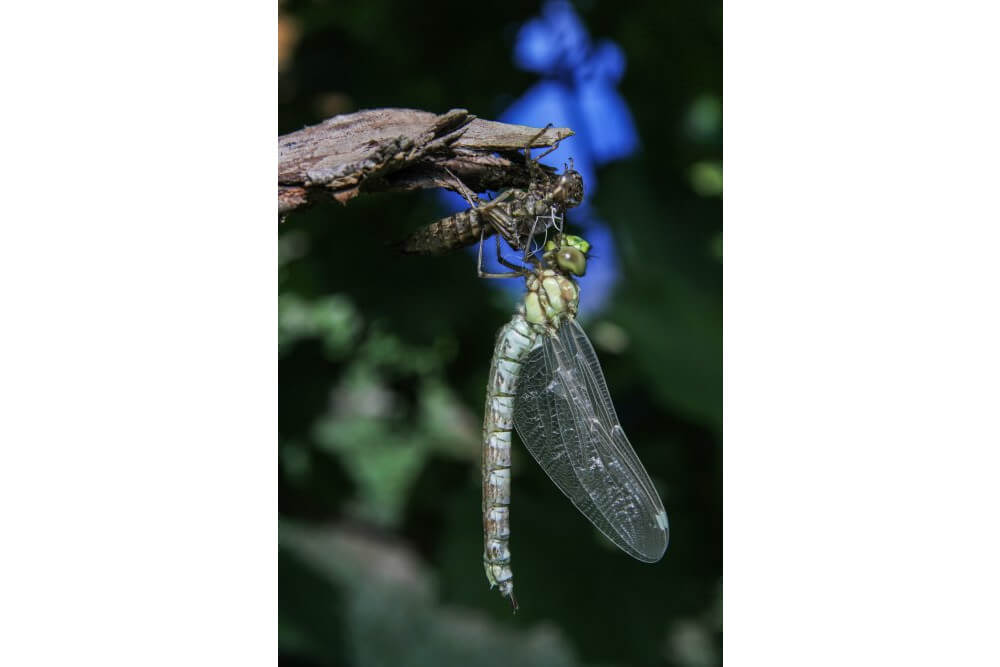
Tip 5: The right light
Light is known to be the most important factor in photography. The right light is diffused, i.e. soft, light.
Natural diffused light is provided by the sun in the morning and late afternoon. The midday sun produces very hard light. This can be contained with a diffuser by holding it over the desired motif. But beware: the use of such aids can easily frighten insects due to changes in the environment.
Tip 6: Camera choice and lens
With a flower or another plant, it is even possible to generate a nice picture with a smartphone. But for insects that need to be kept at a greater distance, the zoom of a smartphone is just not enough. It is therefore advisable to use an SLR camera or a compact system camera.
A telephoto lens with a focal length of 100 millimetres or a macro lens with a large magnification of 1:2 or 1:1 is recommended. However, buying a new lens can be very expensive. An alternative to a new lens are intermediate rings and close-up lenses.
The close-up lens is used for long focal lengths and is attached to the end of the lens. It acts like a pair of glasses on the lens and enlarges the subject.
An intermediate ring is used for short focal lengths and is placed between the camera body and the lens. As a result, the distance between the lens and the sensor increases, drawing the subject closer. With both variants, quality losses compared to macro lenses can be expected, but they are also much cheaper to purchase.
There is also a third alternative: the reverse ring, which is also the cheapest. With the reversing ring, the lens is attached to the camera body the wrong way round and can thus achieve a magnification of up to 50 percent. The disadvantage is the missing electronic connection between the camera body and the lens, so the camera can only be operated manually.
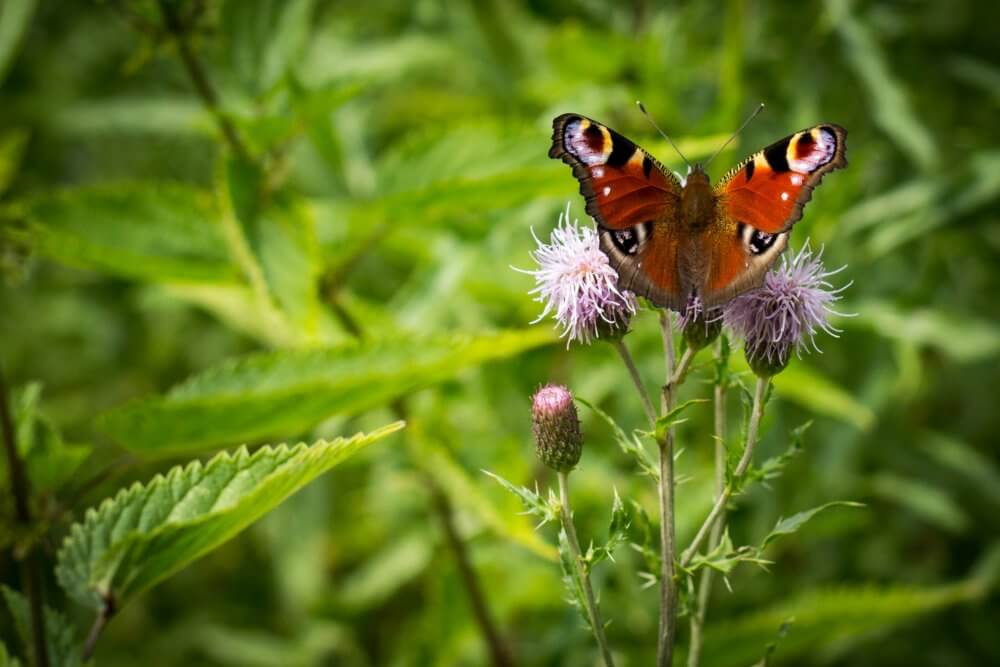
Tip 7: Practical accessories
One useful accessory is a tripod, which should be suitable for photographs close to the ground. The tripod allows the camera to be aligned more precisely, giving you the opportunity to get the entire insect into the correct focal plane. Furthermore, your hands are free in case a diffusor has to be used.
Another useful aid is a remote shutter release, which prevents any shaking caused by triggering. For this purpose, there are infrared and cable remote triggers as well as WLAN-based control systems for tablets and smartphones. These have the advantage that they can be operated from up to twelve metres and show the viewfinder section on the display.
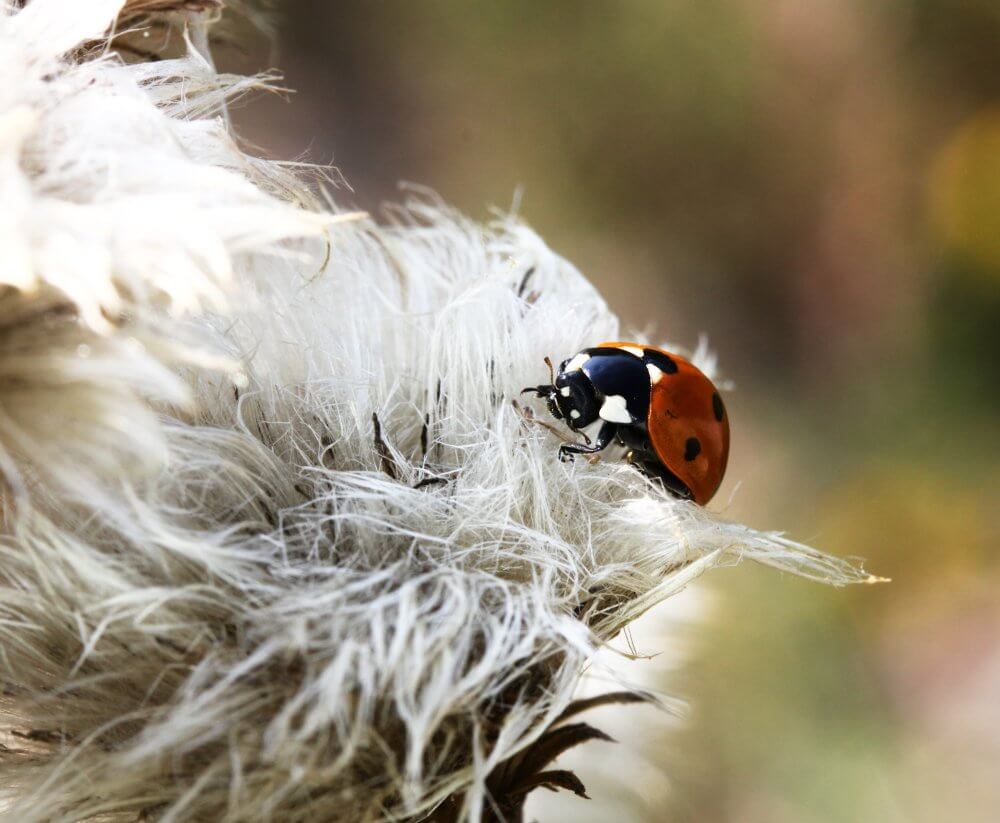
Conclusion
If you choose insects as your motif, it’s not exactly easy. But with the right equipment, good preparation, some sensitivity and patience, this area of photography is a wonderful opportunity to explore the local flora and fauna and get to know your own camera better.
